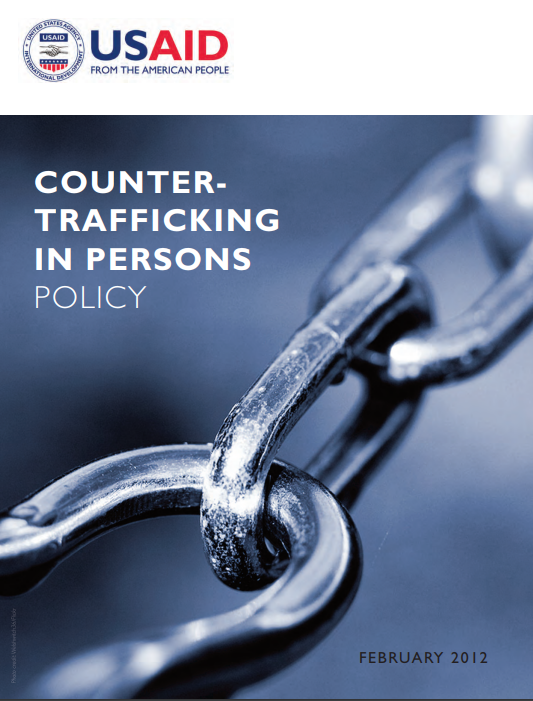Counter Trafficking in Persons Code of Conduct
USAID adopted a Counter Trafficking in Persons Code of Conduct that prohibits all employees from engaging in trafficking in persons or any behaviors that may facilitate trafficking, such as commercial sex.

